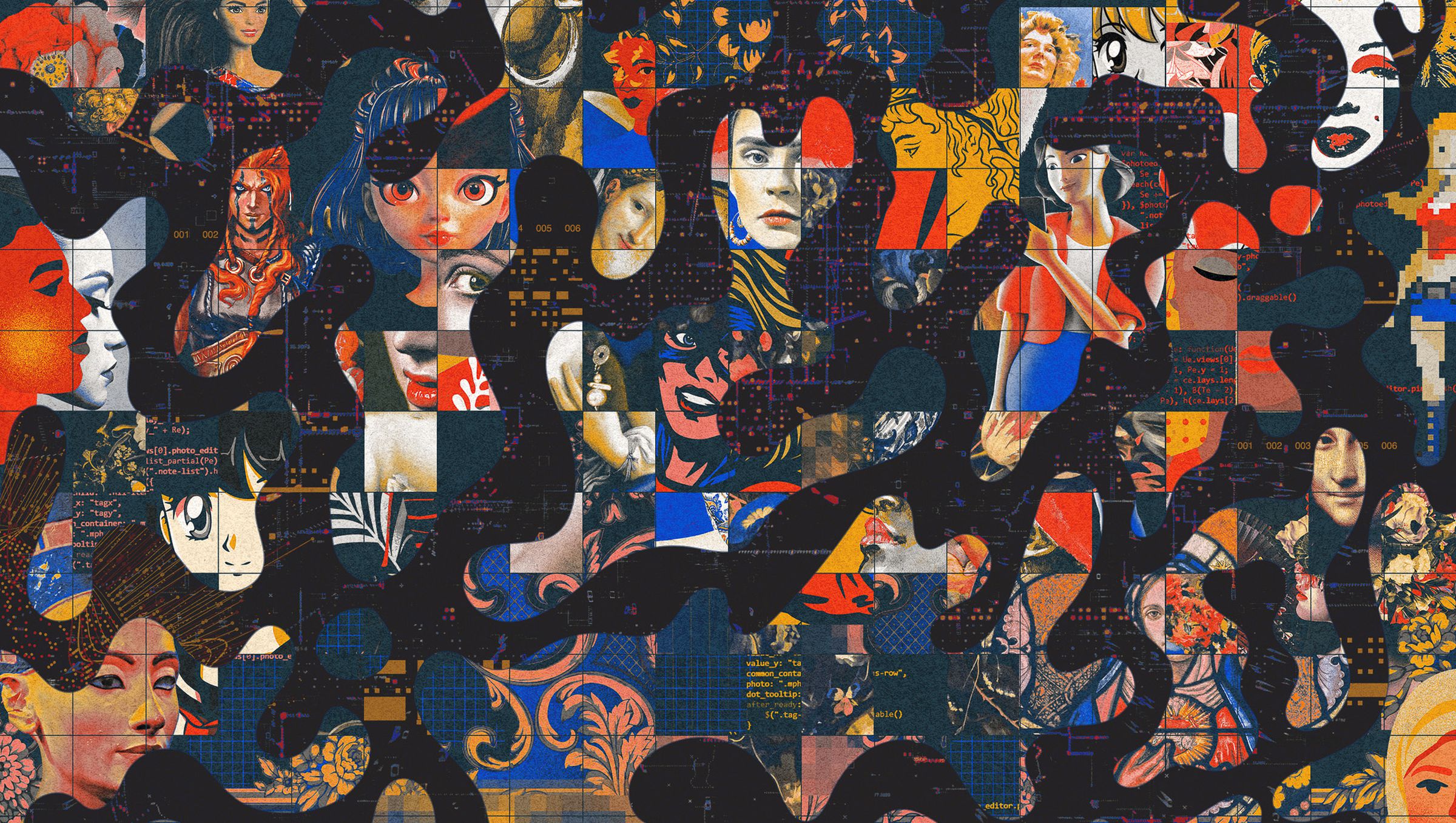The US Copyright Office has issued a significant decision concerning copyright protection for artworks generated by artificial intelligence (AI). In a recent ruling, the office refused to grant copyright protection to an image titled “Théâtre D’opéra Spatial,” which claimed victory in an art competition at the Colorado State Fair in 2022.
The decision rested upon the extent of the AI’s involvement in crafting the artwork, giving rise to crucial questions about the intersection of AI and copyright law.
Midjourney AI’s Role in Art Creation
The heart of this case centers on the degree of participation by Midjourney, the AI, in producing the winning artwork. The US Copyright Office’s decision relied on whether the creator, Jason M. Allen, had employed Midjourney in a minimal and passive manner, enabling recognition as the human author. However, due to the extensive use of AI in the creative process, the office concluded that it did not meet the criteria for copyright protection.
The decision explicitly stated, “If a machine produces all the ‘traditional authorship’ elements of a work, then the work is not a product of human authorship, and the Office will not register it.” It further clarified that “if a work contains sufficient human authorship to support a claim of authorship, the Office will register that work.”

Controversial AI Masterpiece: Théâtre D’opéra Spatial
“Théâtre D’opéra Spatial,” the contested artwork, portrays a captivating scene featuring performers on stage, seemingly from an actor’s perspective as they face the audience. These performers showcase their talents against a backdrop revealing a breathtaking, fantastical cityscape. Notably, this piece clinched the top prize in the digital art category at the Colorado State Fair in 2022, prompting discussions about the recognition and protection of AI-generated art.
Artistic Intent and AI Collaboration
Jason M. Allen, the creator of “Théâtre D’opéra Spatial,” staunchly defended his artwork, emphasizing his intention to make a statement through AI-generated art. He declared, “I aimed to make a statement using artificial intelligence art. I feel like I’ve done that, and I won’t apologize for it.” Allen’s stance raises questions about the artist’s role in AI-generated creations and whether they should be considered co-authors.
Challenges to Recognizing AI-Generated Art
The decision by the US Copyright Office has brought to the forefront the challenges and contradictions inherent in recognizing AI-generated art in the art world. In a related incident, another artist submitted AI-generated work to a Sony-sponsored photography competition and emerged as the winner, only to have their award revoked later.
The Artist’s Defense and Copyright Implications
Jason M. Allen asserted that he played a pivotal role in creating his artwork. After generating the image using Midjourney AI, he claimed to have further manipulated and enhanced it using Photoshop and Gigapixel AI. However, the Copyright Office’s ruling found that Allen’s actions, as described, did not qualify him as an author of the Midjourney-generated image, asserting that his sole contribution was entering the text prompt that initiated the AI’s creative process.
The Future of AI-Generated Art and Copyright
This case raises fundamental questions about the future of AI-generated art and its relationship with copyright law. As AI continues to evolve and produce increasingly sophisticated artworks, the distinction between human and machine authorship becomes more complex. It remains to be seen how copyright laws will adapt to accommodate these evolving forms of creativity.
Art for Sale: Limited-Edition Prints
Despite the copyright controversy, Jason M. Allen remains committed to sharing his artwork with the world. He has announced plans to sell limited-edition versions of “Théâtre D’opéra Spatial” through his website, pricing each print at $500. This move underscores the artist’s determination to bring AI-generated art into the mainstream art market, further fueling the ongoing debate surrounding AI’s role in the art world.
In conclusion, the US Copyright Office’s decision not to grant copyright protection to the AI-generated artwork “Théâtre D’opéra Spatial” highlights the complex issues surrounding AI and copyright. As AI-generated art continues to gain prominence, legal and ethical questions regarding authorship and ownership in the art world will persist, challenging traditional notions of creativity and intellectual property.
